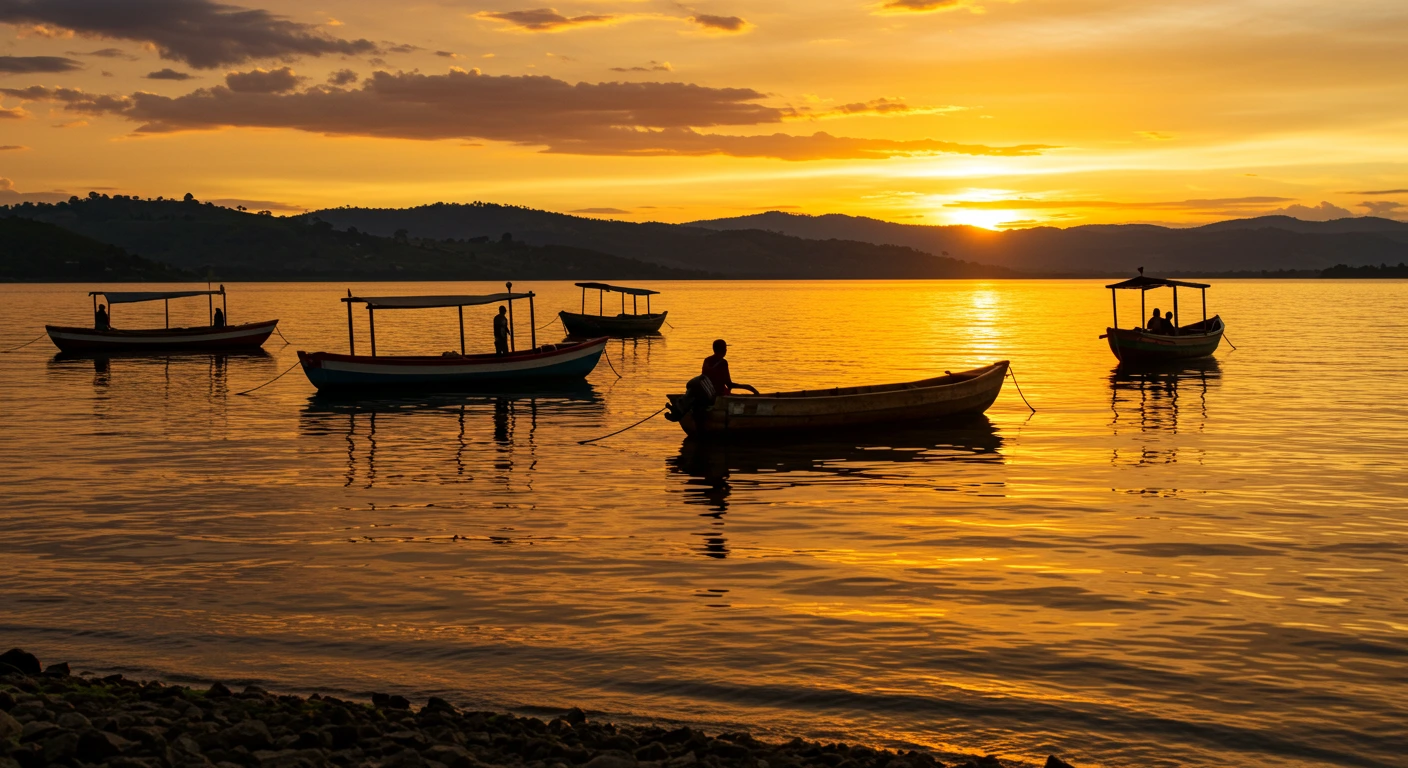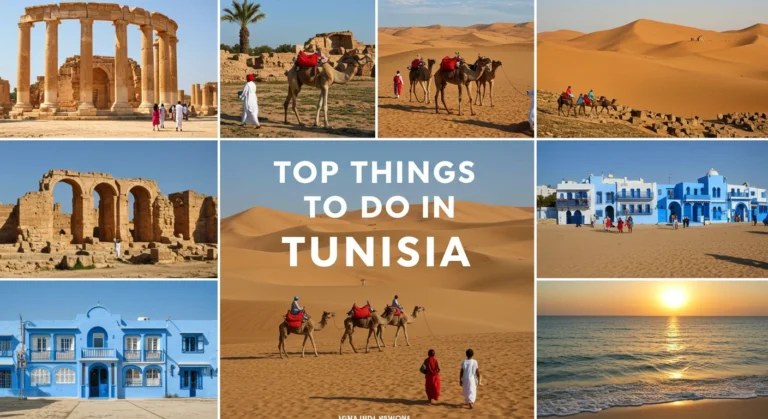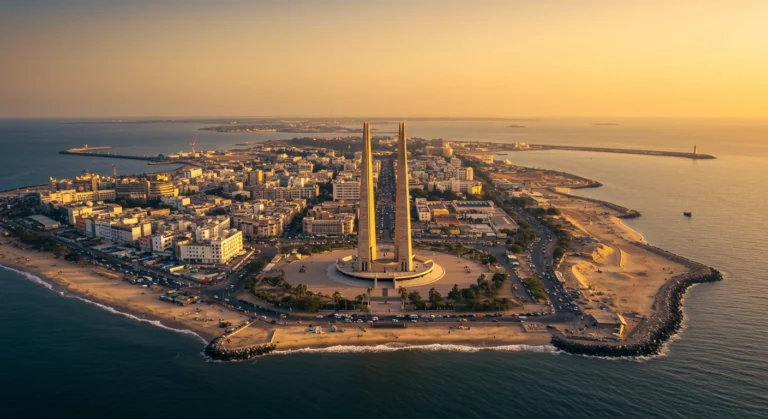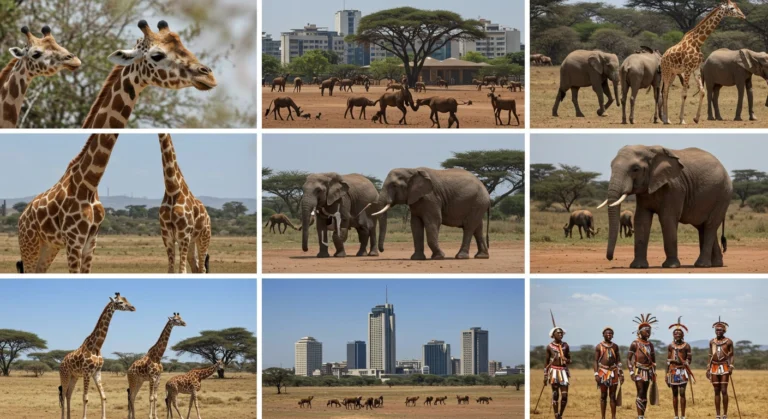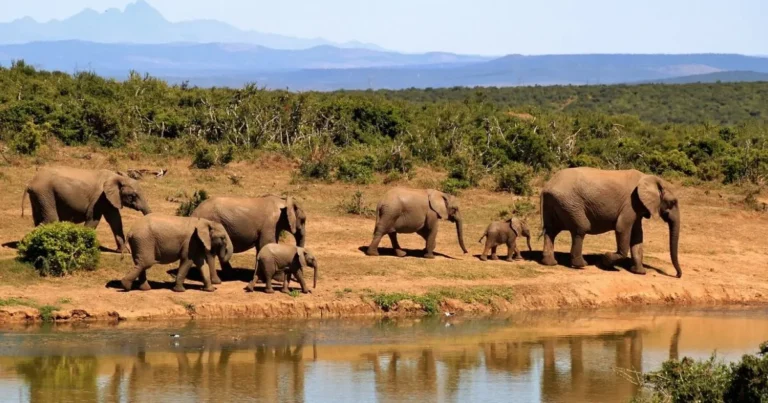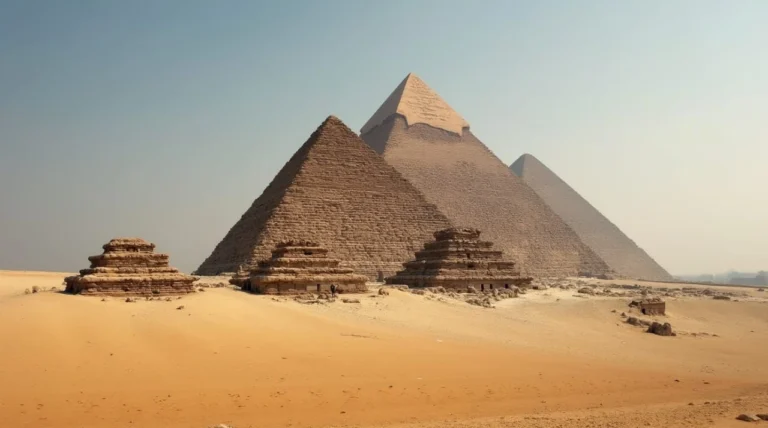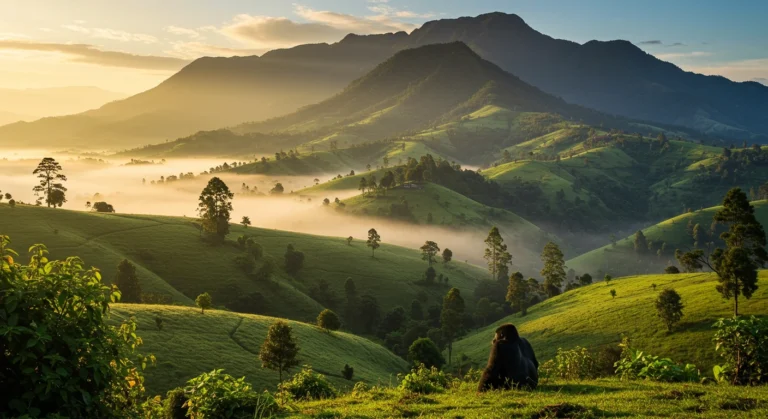top things to do in Malawi
Table of Contents
Introduction : Top Things to Do in Malawi | Your Ultimate Guide to the Warm Heart of Africa
Ever wondered what makes a small, landlocked country in southeastern Africa one of the continent’s hidden gems? Malawi might not be the first destination that pops into your mind when planning an African adventure, but trust me, it absolutely should be on your radar!
I’ve always had a soft spot for underrated destinations, and Malawi definitely fits that bill. Known as “The Warm Heart of Africa,” this country lives up to its nickname with some of the friendliest people you’ll ever meet and an impressive diversity of landscapes and experiences packed into a relatively small area.
So grab a cup of coffee (or maybe some Malawian tea!), and let’s chat about the absolute must-dos when visiting this incredible country. Whether you’re an adventure junkie, a wildlife enthusiast, or simply looking to experience a unique culture, Malawi has something special waiting for you.
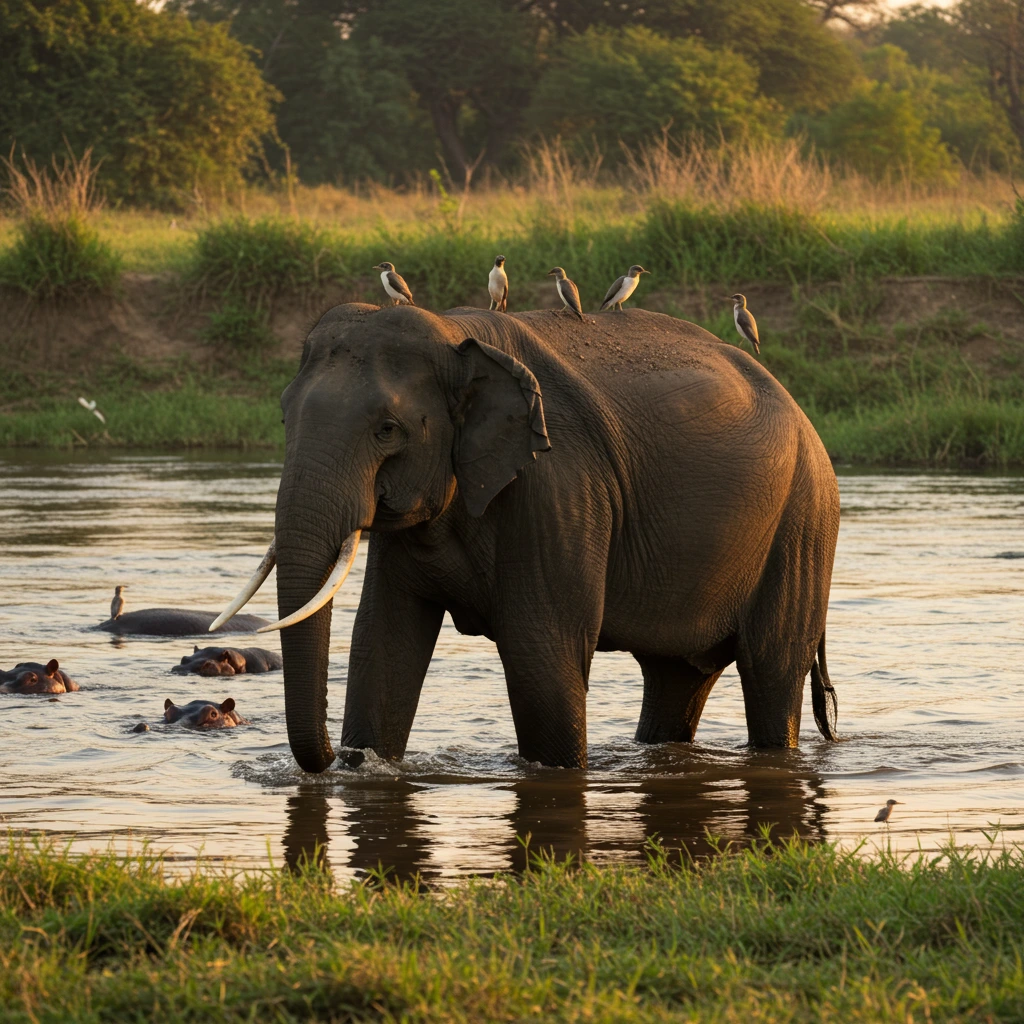

Lake Malawi: The Jewel of the Country
Let’s kick things off with the most obvious but absolutely unmissable attraction – Lake Malawi. This massive freshwater lake stretches across nearly the entire eastern border of the country and is basically Malawi’s version of an inland sea. And what a sea it is!
Have you ever seen water so clear you can barely tell where it ends and the sky begins? Lake Malawi offers that kind of stunning clarity, with its crystal-clear waters housing more species of fish than any other lake in the world. We’re talking about over 1,000 species of cichlids alone – a paradise for snorkelers and divers!
My personal favorite spot is Cape Maclear, where you can kayak out to nearby islands, snorkel among colorful fish, or just laze in a hammock with a good book. The sunsets here? Absolutely legendary. The sky turns into this amazing canvas of oranges and purples reflected perfectly on the still water. Instagram doesn’t do it justice, seriously.
FYI, if you’re a scuba enthusiast, Lake Malawi is one of the most affordable places in the world to get certified, with courses often half the price of those in more touristy destinations.
Mulanje Mountain: The Hiker’s Dream
If sitting on a beach isn’t your thing (though Malawi’s sandy lake shores might change your mind!), head to Mulanje Mountain for some seriously impressive hiking. This massive granite massif rises dramatically from the surrounding plains and looks like something straight out of a fantasy novel.
Standing at over 3,000 meters, Mount Mulanje isn’t for the faint-hearted, but the views from the top? Worth. Every. Step. The mountain features multiple hiking routes of varying difficulty, so even if you’re not looking to summit the highest peak (Sapitwa), there are still plenty of trails to explore.
What makes hiking here particularly special is staying in the network of basic but charming mountain huts. Picture this: you’ve spent the day climbing through misty forests and across rocky plateaus, and now you’re sitting by a fireplace in a stone hut, watching the sun set over what feels like all of Africa spread out below you. Magic, right?
Liwonde National Park: Safari Extraordinaire
Okay, let’s talk wildlife. Because what’s a trip to Africa without encountering some amazing animals? Liwonde National Park is Malawi’s premier wildlife destination and offers a safari experience that feels refreshingly intimate compared to some of the more famous parks in neighboring countries.
The Shire River (yes, like in Lord of the Rings – though pronounced “shee-ray”) flows through the heart of the park, creating a perfect setting for boat safaris. Imagine gliding silently past pods of hippos, massive crocodiles, and elephants drinking at the water’s edge – all while you sip a cold Malawian beer. That’s what I call living the dream!
Recent conservation efforts have been super successful here, with rhinos reintroduced and the park now being home to the classic Big Five. The best part? You won’t be fighting with twenty other safari vehicles for a glimpse of a lion. Liwonde still feels wonderfully wild and uncrowded.
Zomba Plateau: The Colonial Retreat
Want to escape the heat for a bit? Head up to Zomba Plateau, a massive table mountain that looms over the former capital city of Zomba. The temperature drops noticeably as you wind your way up the mountain road, and the air fills with the scent of pine forests – a refreshing change from the tropical lowlands.
Once the favorite retreat of British colonial administrators (who definitely knew how to pick the prime real estate!), Zomba Plateau now offers visitors spectacular viewpoints, hiking trails, trout fishing, and horseback riding opportunities. There’s something so peaceful about riding through pine forests with panoramic views of the surrounding plains stretching out before you.
Don’t miss Williams Falls or Emperor’s View – supposedly Queen Victoria’s favorite monarch called it “the best view in the British Empire,” and I’m not about to argue with Her Majesty on that one!
Cultural Immersion in Traditional Villages
One of the most rewarding experiences in Malawi is connecting with local communities. The country has a rich cultural heritage, and many villages welcome visitors to experience their way of life.
In places like Nkhata Bay and around Lake Malawi, you can visit traditional fishing villages where methods haven’t changed much in centuries. Try your hand at pulling in nets with the locals (spoiler alert: it’s WAY harder than it looks), or learn how to prepare nsima, the staple food made from maize flour.
What strikes me every time is just how genuinely welcoming Malawians are. Despite being one of Africa’s poorest countries economically, the richness of spirit and generosity you’ll encounter is humbling. Kids will run alongside you waving and laughing, and don’t be surprised if you’re invited to join a family for a meal – an invitation worth accepting!
Lilongwe and Blantyre: Urban Exploration
While Malawi’s natural attractions steal the show, its two main cities deserve some attention too. Lilongwe, the capital, blends modern government buildings with bustling markets and surprisingly green spaces. The Lilongwe Wildlife Centre is right in the city and offers sanctuary to rescued and orphaned animals.
Blantyre, the commercial hub, has more colonial architecture and a distinctly different vibe. The Mandala House, built in 1882, is the country’s oldest building and now houses a lovely café and art gallery. Perfect for a relaxed afternoon when you need a break from all that adventure!
Both cities have vibrant markets where you can haggle for everything from handcrafted souvenirs to colorful fabrics. My advice? Grab a local guide for your first market visit – they’ll help you navigate the sometimes overwhelming experience and find the best deals. Plus, you’ll get so much more insight into daily Malawian life.
Nyika Plateau: Wild and Wonderful
If you’re looking to really get off the beaten path, head to Nyika National Park in the north. This high-altitude plateau feels like nowhere else in Africa, with rolling hills covered in wildflowers that reminded me of the Scottish Highlands – except with zebras and antelope wandering around!
The landscape here is surreal, especially in the early morning when mist hugs the ground and the golden light illuminates the endless grasslands. It’s perfect for mountain biking, hiking, or wildlife viewing with a totally different backdrop than you might expect from Africa.
The nights get chilly up here, so bring layers, but the trade-off is some of the clearest night skies you’ll ever see. I still remember lying on my back outside my chalet, absolutely mesmerized by the Milky Way stretched across the sky like someone had spilled diamond dust everywhere. Worth the goosebumps, I promise!
Wrap-Up: Malawi’s Magic Awaits
So there you have it – my top picks for experiencing the best of Malawi. From underwater adventures in Lake Malawi to mountain treks, wildlife encounters, and cultural connections, this small country packs an incredible diversity of experiences.
The best part? Tourism is still developing here, meaning you can enjoy these amazing attractions without the crowds and commercialization that sometimes plague more popular destinations. You’re not just another tourist in Malawi – you’re a welcomed visitor.
Have you been to Malawi or is it on your bucket list? Whatever stage of planning you’re at, I hope this guide has inspired you to consider the Warm Heart of Africa for your next adventure. It’s a place that stays with you long after you’ve left – and isn’t that what travel is all about? 🙂

